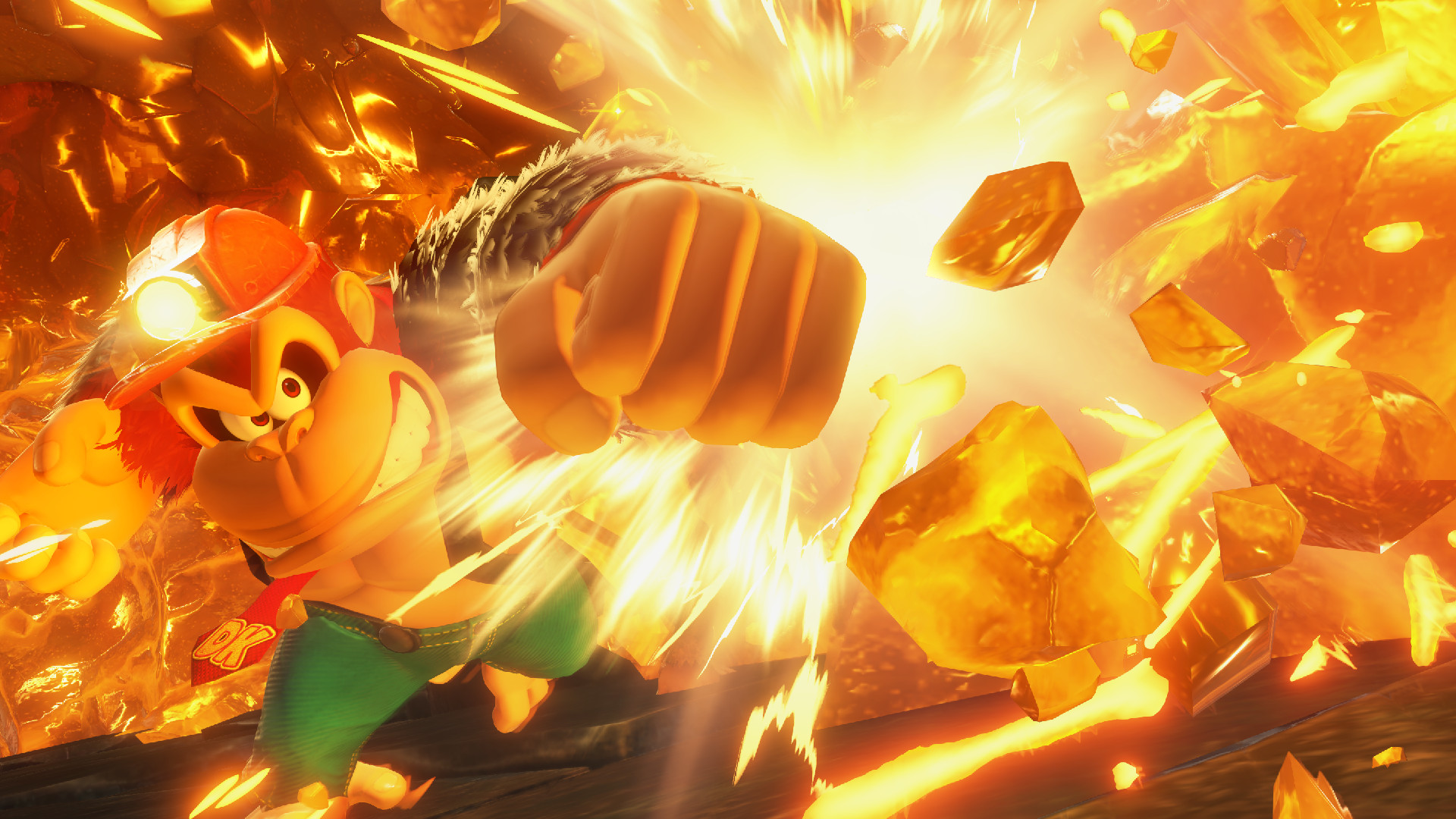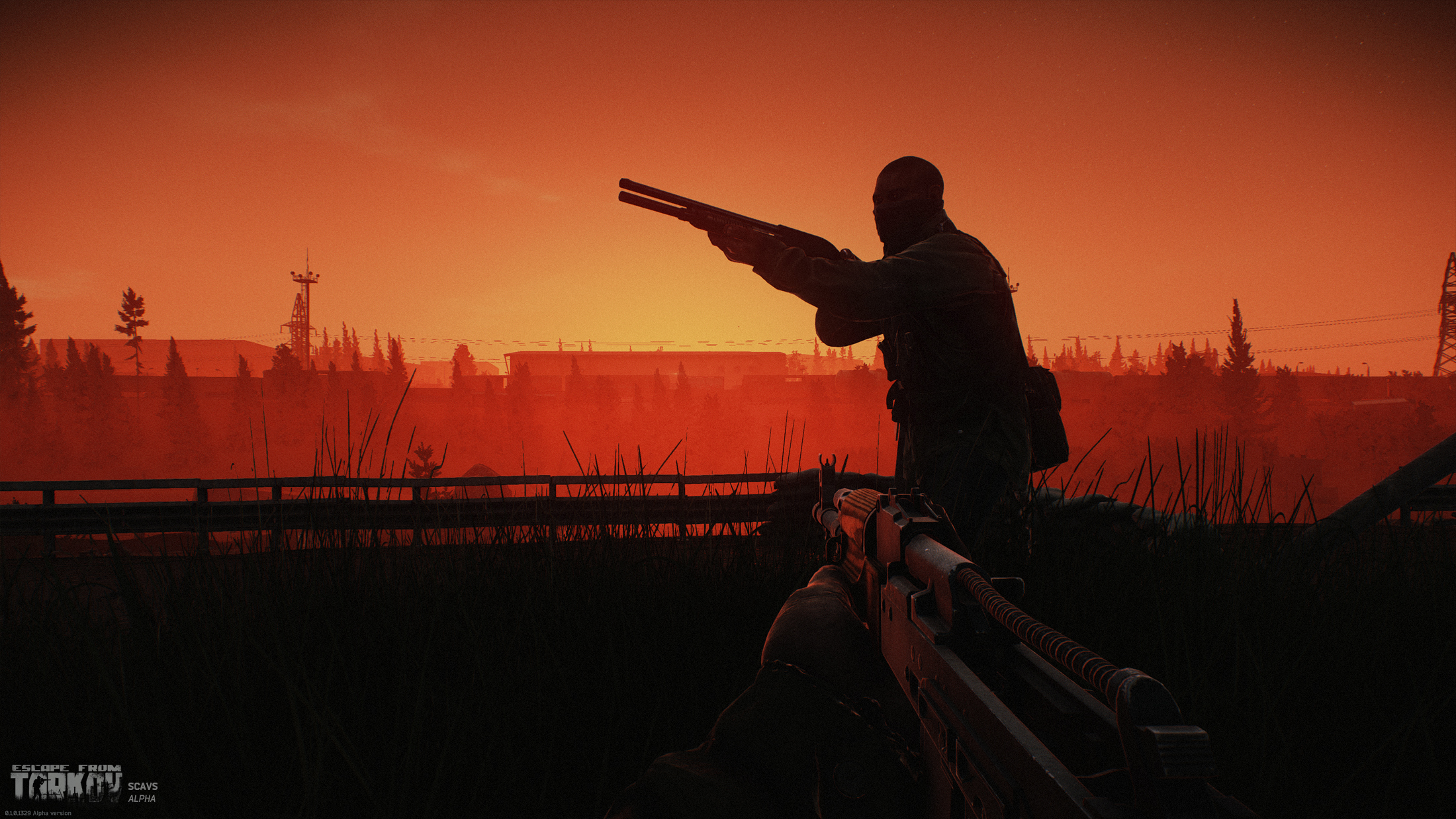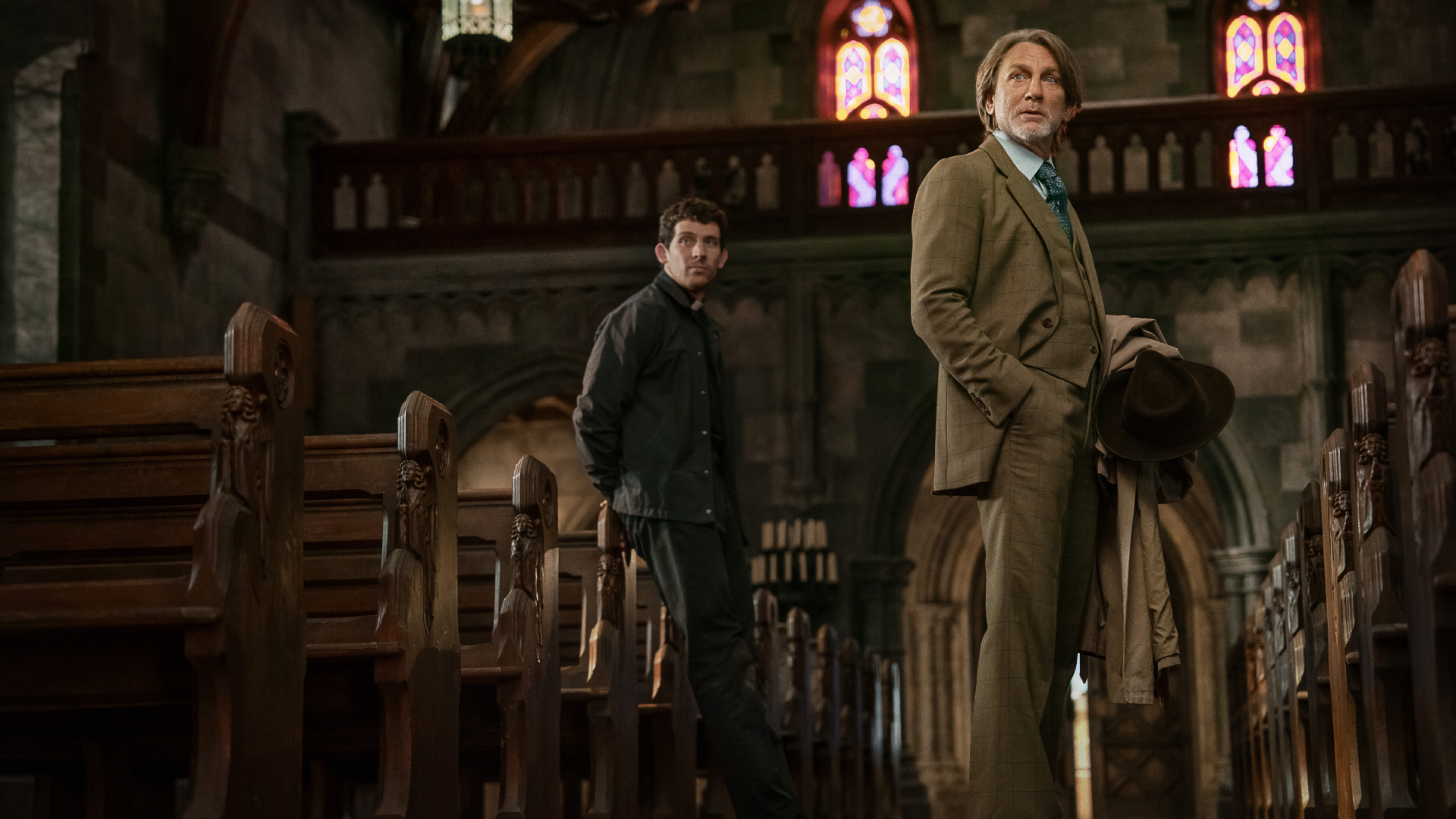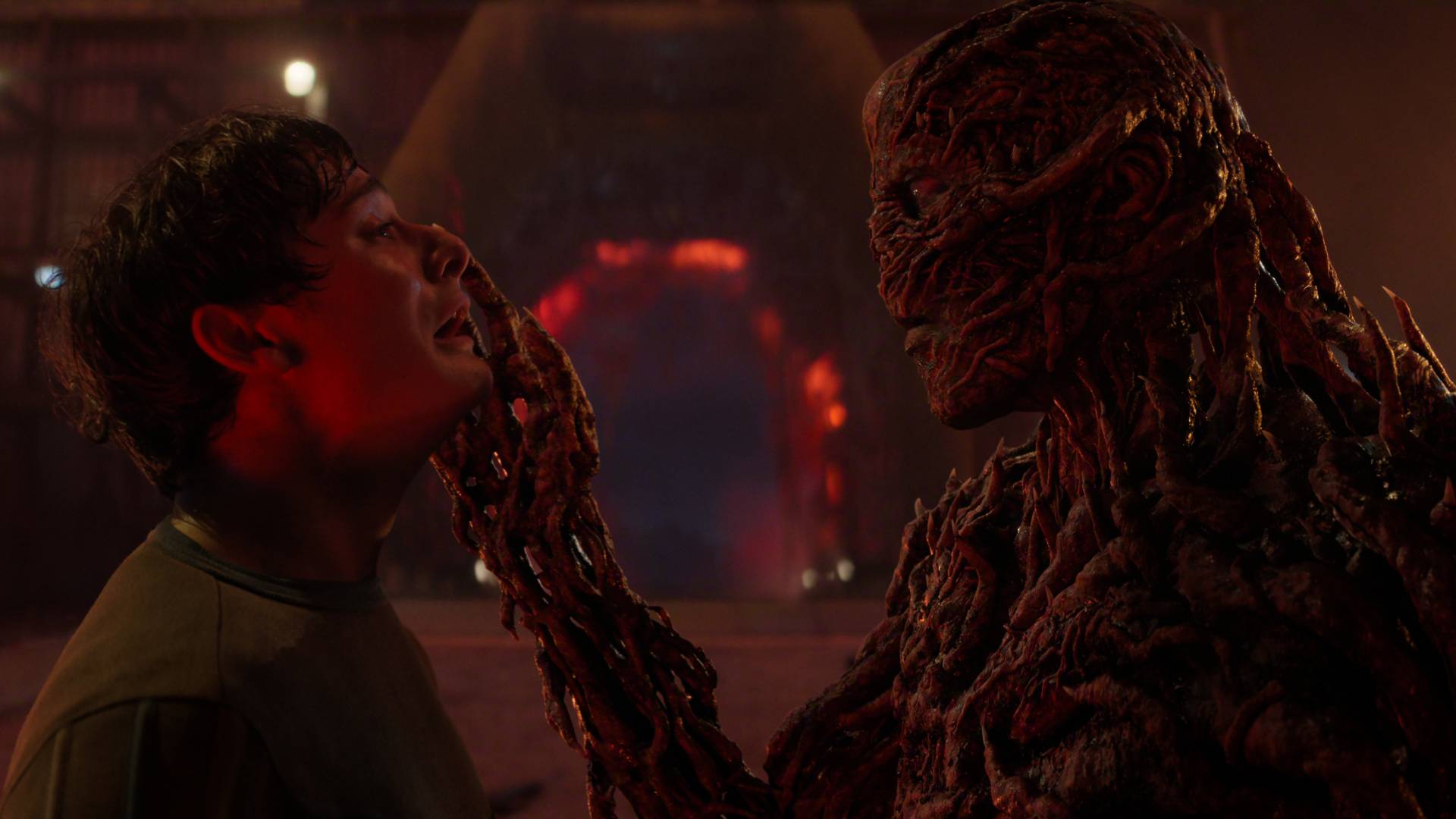"It must have been an absolute nightmare for the programmers": Nintendo explains Donkey Kong Bananza's voxel tech and why it doesn't look like "stacked cubes" like Minecraft or Hytale
"We were able to craft Layers that feel truly unique to this game"

Donkey Kong Bananza's developers have explained the game's voxel tech, with the game's director saying building it "must have been an absolute nightmare for the programmers."
In case you missed it somehow, Donkey Kong Bananza is all about destruction. DK can punch through the planet, tear chunks of earth out the ground to smack enemies with and cause copious amounts of demolition. This is so integral to the game that the developers transitioned it to Switch 2 when they realized they couldn't capture the full scale of this destruction on the original console.
In the newest edition of Nintendo's "Ask the Developer" interview series, a group of the game's developers were asked about the destruction focus, with co-director Wataru Tanaka saying: "We decided pretty early on that if we were serious about pursuing that kind of gameplay, we should use voxel technology." Voxels are typically cube-shaped with games like Minecraft being the most prominent examples of their use, but as the interviewer notes, Bananza isn't very cube-based.
Tanaka explains: "Voxels are really just part of the internal structure, so we focused on making sure players wouldn’t notice them while playing." He adds: "The biggest reason we chose voxels was their flexibility, as they let us define the appearance and material of each part of the terrain individually."
Bananza's director Kazuya Takahashi explains that 3D levels are made via using polygon models typically, but that "as soon as we had our voxel modeling tools, things became much more convenient. We could freely combine voxels and materials to build terrain and then test it out immediately in-game. This let us quickly experiment." Although, he admits "it must have been an absolute nightmare for the programmers building the tools."
However, the end result seems to be worth it, as Takahashi notes, "we were able to craft Layers that feel truly unique to this game, with terrain that features a rich variety of visual styles and physical properties, along with underground areas and fully destructible environments, down to the smallest detail."
Art director Daisuke Watanabe acknowledges that "for most people, the term 'voxel game' brings to mind visuals made of stacked cubes," but that's why the designers "aimed to create rich and dense visuals that don’t look like voxels at all – something that players will see and think, 'Wait, you can destroy this?'"
Weekly digests, tales from the communities you love, and more

Scott has been freelancing for over three years across a number of different gaming publications, first appearing on GamesRadar+ in 2024. He has also written for the likes of PC Gamer, Eurogamer, VG247, Play, TechRadar, and others. He's typically rambling about Metal Gear Solid, God Hand, or any other PS2-era titles that rarely (if ever) get sequels.
You must confirm your public display name before commenting
Please logout and then login again, you will then be prompted to enter your display name.


